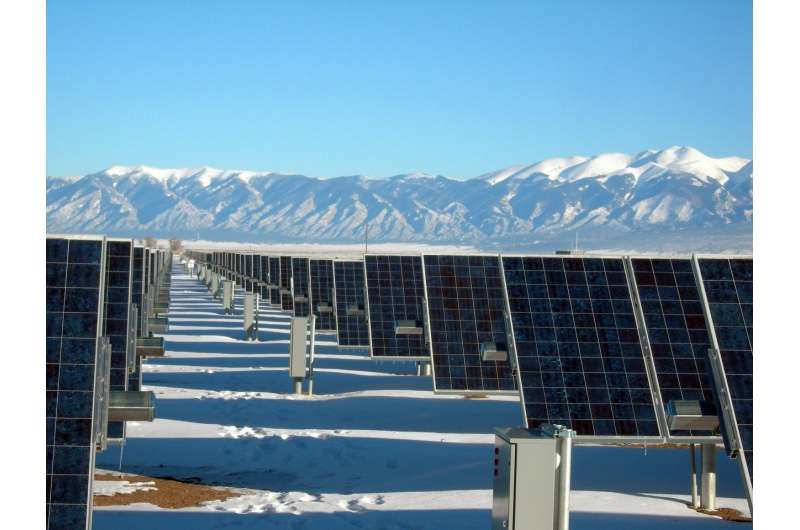
Recently, global warming and more frequent natural disasters have emphasized the need for low-carbon and resilient energy systems. Researchers at University of Tsukuba have developed a composite quantitative evaluation method for disaster resilience in energy systems for individual buildings.
Global warming has driven the introduction of distributed renewable energy systems such as solar power generation. Moreover, the frequency of large-scale power outages owing to natural disasters and torrential rains is increasing, thereby necessitating the development of disaster-resistant energy systems.
Recently, the economics and resilience of solar power generation and battery storage systems have been widely studied; however, studies on the evaluation of energy system resilience at the building scale (energy resilience) are inadequate. Because energy resilience has diverse aspects, such as the duration, power, and frequency of outages, a comprehensive and quantitative evaluation requires the adoption of multiple indicators.
In a study, based on several resilience indicators, researchers developed a method to quantitatively evaluate energy resilience by simulating power outage scenarios in positive energy buildings (i.e., buildings with a positive difference between power generation and consumption) equipped with solar power generators and storage batteries.
The study is published in the journal e-Prime – Advances in Electrical Engineering, Electronics and Energy.
Further, the impact of weather on resilience was analyzed, and they quantitatively revealed that energy resilience is highest when the power outage coincides with daylight hours.
The results indicate that, in assessing energy resilience, a combination of multiple indicators could be used to identify and compare the electricity supply and demand conditions during a disaster in detail. The proposed method is expected to be helpful in the design of future energy systems and disaster countermeasures.
More information:
Chiho Jimba et al, Assessment methodology for the resilience of energy systems in positive energy buildings, e-Prime – Advances in Electrical Engineering, Electronics and Energy (2025). DOI: 10.1016/j.prime.2025.100908
Citation:
Quantitative method evaluates disaster resilience in building energy systems (2025, February 18)
retrieved 18 February 2025
from
This document is subject to copyright. Apart from any fair dealing for the purpose of private study or research, no
part may be reproduced without the written permission. The content is provided for information purposes only.













Leave a comment